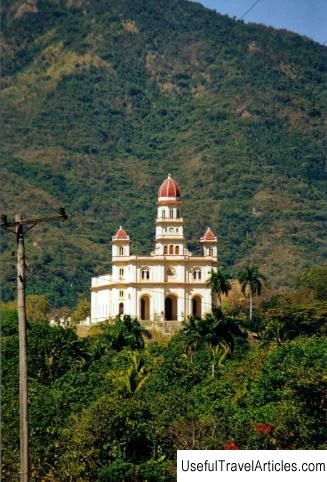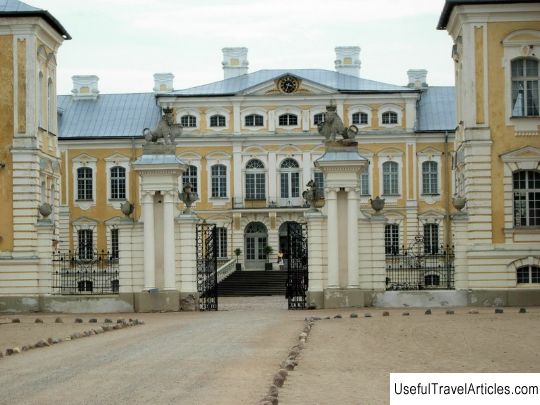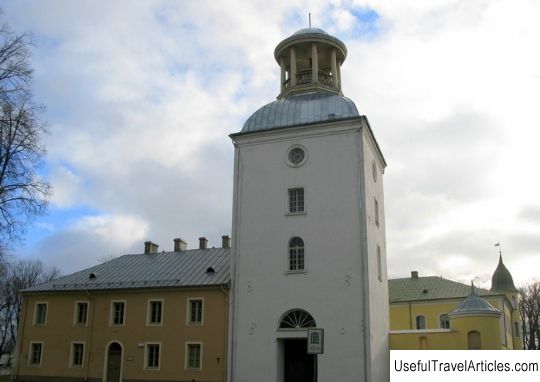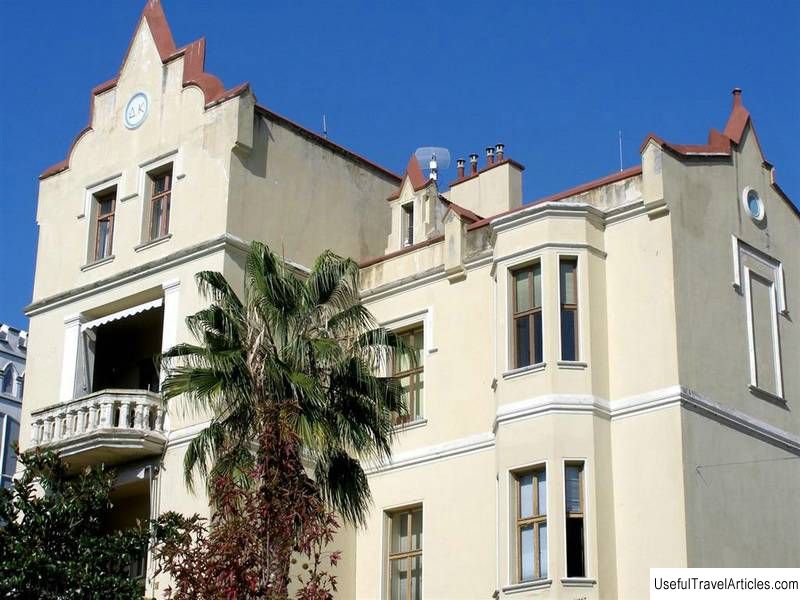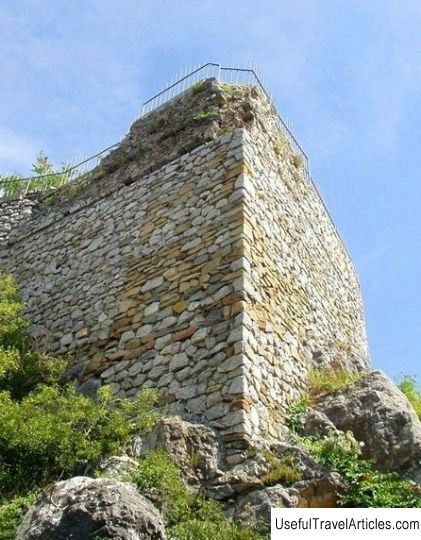Bauska castle (Bauskes pils) description and photos - Latvia: Bauska
Rating: 8,0/10 (3059 votes) 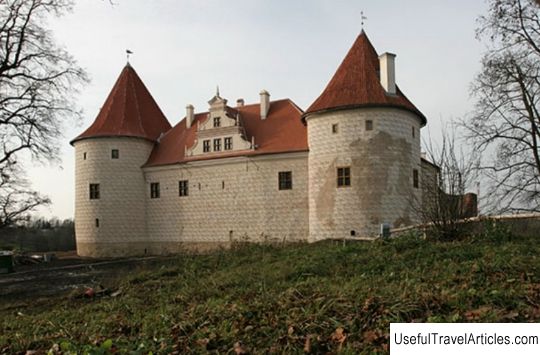
Bauske castle (Bauskes pils) description and photos - Latvia: Bauska. Detailed information about the attraction. Description, photographs and a map showing the nearest significant objects. The title in English is Bauskes pils. Photo and descriptionBauska Castle is located in the town of Bauska at the junction of two rivers - Musas and Memeles. The castle was a fortress built in the 15th century. It is believed to have been completed in 1451. A settlement was formed near the castle, the inhabitants of which were artisans and fishermen. The formed settlement was named "Vairogmiests". There was also a church and a school building here. Already in 1518 the settlement was mentioned in the chronicles under the name Bauska. Linguists note two possible variants of the formation of this name: from the word bauska - bad meadow, or from bauze - head, top of a hill. At the end of 1559, the Bauska fortress, along with some other fortresses and regions, was transferred to Poland for temporary use, as payment for assistance to the Livonian Order in the fight against Russia. In the spring of 1562. After the fall of the Livonian Order, its last master, Gotthard Kettler, swore allegiance to the Polish king Sigismund II Augustus and became Duke of Kurzeme and Zemgale. At the end of the same year, the Bauska castle was transferred to the ownership of the Duke of Kettler. After the end of the Livonian War in 1852, the construction of a new Bauska castle began, the construction of which was completed, presumably, in 1596. This is evidenced by the discovered stone tablet with the inscription “Soli Deo Gloria Anno 1596”. In the same year, according to the will of Gotthard Kettler, the duchy was divided between his two sons: Frederick and Wilhelm. Duke Frederick moved to Jelgava. It is believed that Bauska received city status in 1609, when Duke Frederick gave the city a coat of arms depicting a lion. In 1621, with the beginning of the Polish-Swedish war, Duke Frederick temporarily moved with his court to Bauska Castle, since Riga and Jelgava were occupied by Swedish troops. In 1625, the Swedes managed to capture the Bauska castle, here they remained until 1628. In 1624, after the death of Duke Frederick, his throne was taken by the son of his brother Wilhelm - Jekab. In 1658, the Swedes re-occupied Jelgava and captured the Bauska and Dobele castles. The ruined and ruined castle returned to Poland in 1660 after the signing of the Treaty of Oliwa. Then a large amount was spent on the repair and restoration work carried out in the castle. At the beginning of the Great Northern War in 1701, the Swedes captured the castle again, and in 1706 almost the entire territory of Courland passed to the Russian Empire. In 1795, the Duchy of Courland became part of Russia. In 1812, German troops invaded Courland, and for several months they managed to occupy Jelgava and Bauska. They hoped to restore the Duchy of Courland and annex it to Prussia. Restoration work in the Bauska Castle, which was the residence of the Dukes of Courland, began in 1973. Nowadays, visitors can view the ramparts, the ruins of the castle, in addition, you can climb to the observation deck located in the central tower, from which a magnificent view of the surroundings of the castle opens. In addition, the Bauska Castle Museum offers its visitors a guided tour of the residence of the Dukes of Courland.        We also recommend reading Skyscraper ”1322 Golden Empire Tower” (1322 Golden Empire Tower) description and photos - Philippines: Manila Topic: Bauska castle (Bauskes pils) description and photos - Latvia: Bauska. |
